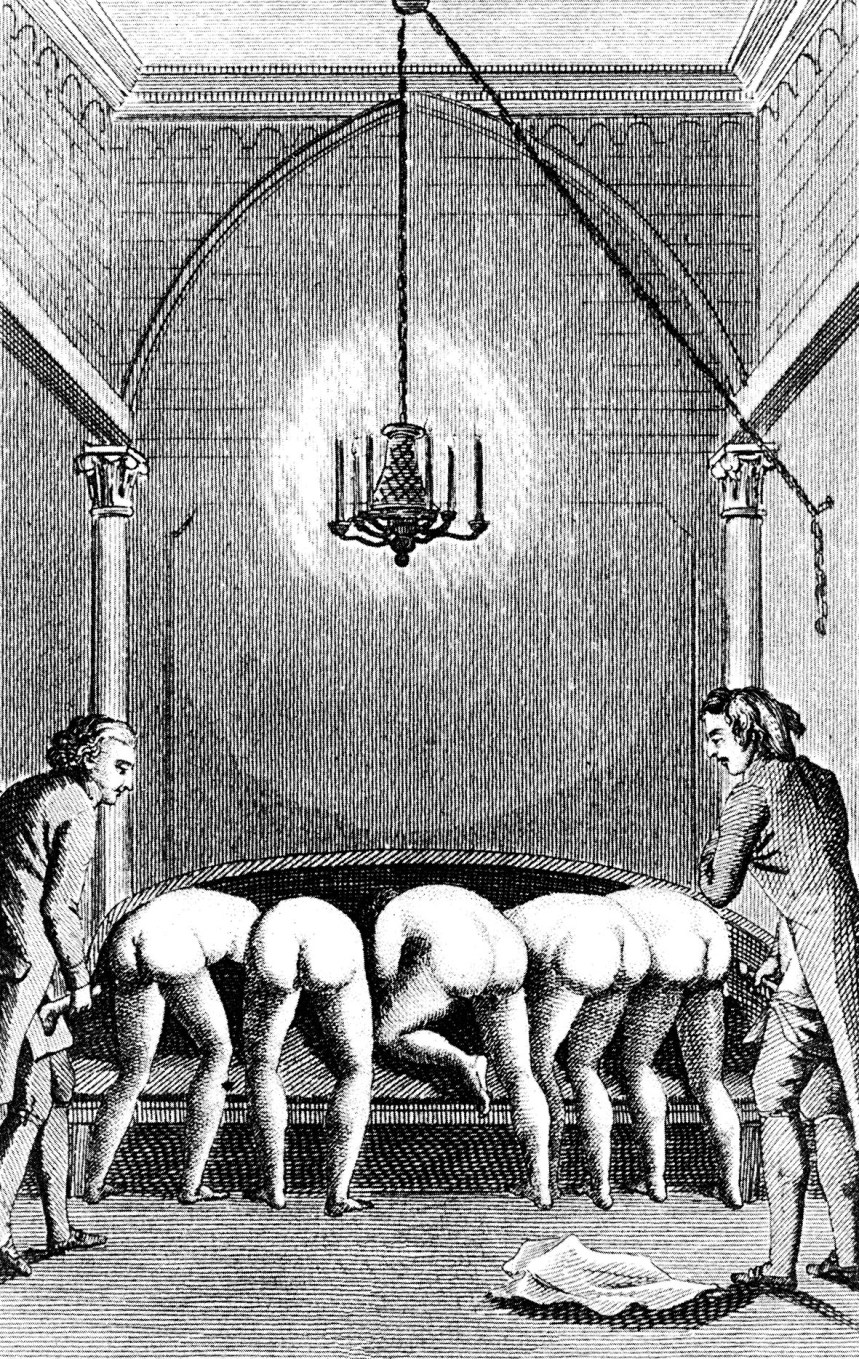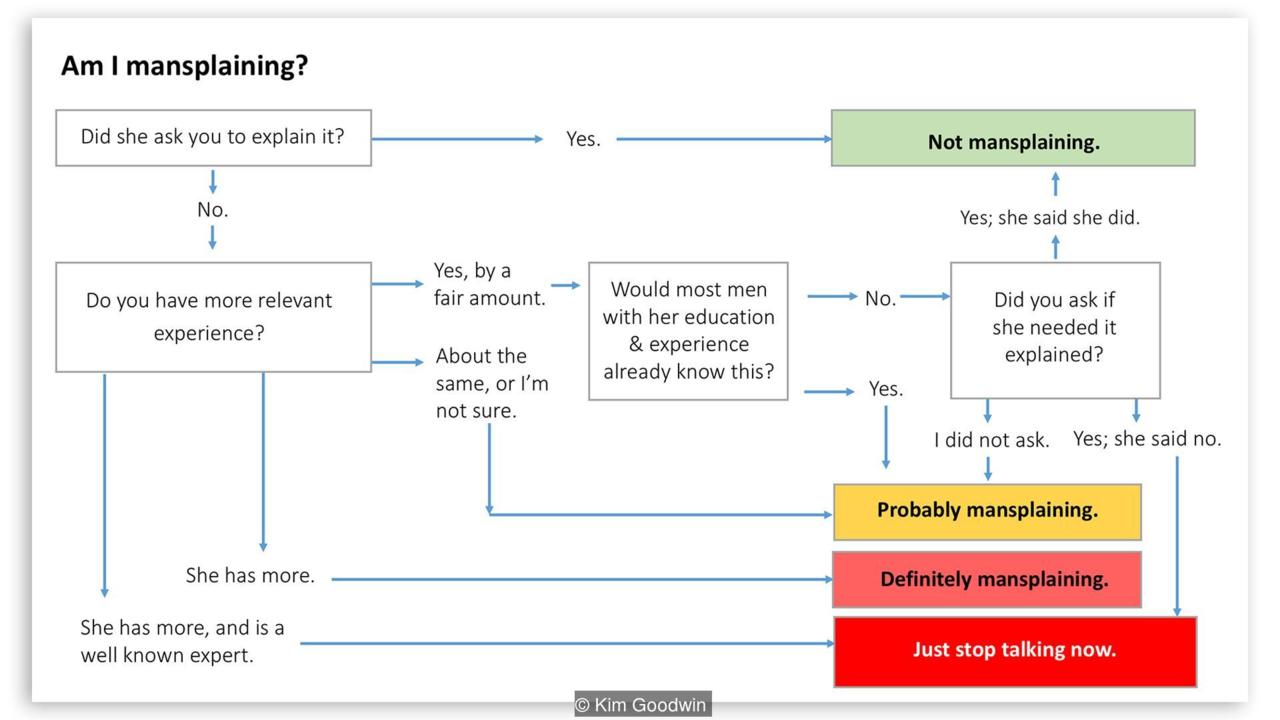To start with, here’s some relatively unalloyed good news: Photographer and poet Liu Xia, confined to her Beijing apartment by Xi Jingping’s regime for eight years of extralegal house arrest, landed in Berlin, Germany from Beijing on Tuesday, July 10, 2018. (This link will take you to a news story on her release from DW News. It includes a brief comment from fellow Chinese artist and dissident Ai Wei Wei.)

Untitled photograph (Liu Xiaobo with doll), ca. 1999, © copyright by Liu Xia, from the “Ugly Babies” series
The now 57-year-old poet and artist was placed under house arrest in 2010, just days after her husband, Liu Xiaobo, was awarded the Nobel Peace Prize in absentia. Charged with inciting subversion of state power, he had been condemned by a kangaroo court to 11 years in prison and had already begun to serve that sentence. The human rights activist — himself also a poet and essayist — died in prison of liver cancer in July of 2017 at the age of 61, while incarcerated. He had called for political reforms, including the end to one-party rule in China.
Liu’s release took place just one day after Chinese Premier Li Keqiang made a state visit to Germany and met there with Chancellor Angela Merkel, who has spoken out frequently about Liu Xia’s treatment at the hands of Chinese authorities. Merkel’s courageous efforts in support of human rights contrast dramatically with those of U.S. President Donald Trump, who has maintained silence on these matters.
According to a report in The Guardian (U.K.), fear of reprisal against her imprisoned brother Liu Hui, who remains in the hands of mainland authorities, kept her from attending a Berlin memorial for her late husband held just days after her arrival, and will likely keep her fro speaking frankly about her experiences and the situation in China, where holding relatives hostage has a millennia-long history as a government tactic. (See “Liu Xia: free at last but a hostage-in-exile to Beijing’s crackdown,” by Lily Kuo and Philip Oltermann, July 15, 2018.)
 Surprisingly few members of the international photography network came out in public support of Liu Xia during her long ordeal; most of those who demonstrated and petitioned steadfastly on her behalf came from the literary community. The contrast between the absence of condemnation of Liu Xia’s atrocious treatment from photographers and others in the field and the outpouring of support for recently imprisoned photojournalist Bangladeshi Shahidul Alam seems particularly telling. I have no explanation for that; Liu Xia’s situation received international publicity.
Surprisingly few members of the international photography network came out in public support of Liu Xia during her long ordeal; most of those who demonstrated and petitioned steadfastly on her behalf came from the literary community. The contrast between the absence of condemnation of Liu Xia’s atrocious treatment from photographers and others in the field and the outpouring of support for recently imprisoned photojournalist Bangladeshi Shahidul Alam seems particularly telling. I have no explanation for that; Liu Xia’s situation received international publicity.
Nonetheless, starting in 2013 I helped to circulate an international touring exhibition of her pictures, and for the past five years I have published Liu Xia: Silent Strength, the only website dedicated to her photographic work, as a way of keeping that aspect of her life and creative activity visible. Some time ago I suspended my elaboration of that site, at the request of people close to her. I hope to hear soon that, at the very least, its publication and presence on the web did not make things more difficult for her.
•
Roy Orbison’s Ghost
Given the gusher of weirdness that flows from Trumpworld, I thought you might enjoy something from the land of strange that does not involve Whinin’ Donald in any way.
I have always considered holography an extension of photography; while it doesn’t use lenses for the capture of its imagery, it involves registering the light bouncing off surfaces to produce visual simulacra thereof. So I see it as falling within my purview as a critic and historian of photography. (See the series of blog posts collectively titled “3D Everywhere” for earlier comments on this subject.)
With that as prelude, I relay the announcement that the ghost of Roy Orbison — or, more precisely, a holographic simulacrum of the late singer/songwriter — has begun performing. From the announcement on Vimeo by the project’s sponsor, Base Hologram:
In a first-of-its-kind event, a holographic Roy Orbison will once again perform his biggest hits in top venues across the UK backed by the Royal Philharmonic Concert Orchestra in this transformative live entertainment concert experience.
Roy Orbison In Dreams: The Hologram UK Tour is a mesmerising touring event that will launch in April 2018. Presented through extraordinary theatrical stagecraft, Roy Orbison In Dreams will recreate the legendary Rock and Roll hall of fame icon through mind-blowing holographic imaging as he performs his greatest hits accompanied by a live symphony orchestra.
This tour will allow fans old and new to get the chance to experience one of the most iconic and revered figures in the history of music in a spectacular and thrilling new way as Orbison and his trademark three-octave range voice come back to the stage he commanded for decades.
While the accompanying video of course renders Orbison in a mere two dimensions, barely hinting at the wonders of watching his lifesize specter singing and moving in real time (so to speak) with a live orchestra backing him up, I have to say that — considering he’s a dead guy — he’s still got it. And I assess the future that this venture promises as … intriguing.
My So-Called X-Rated Blog
 Frank Cost, whose Guest Post about his “Instant Photobook Project” I published here recently, informs me that he sent a link to that post to a colleague at Xerox, who reported back that he couldn’t access this blog from within Xerox’s web server. Apparently Xerox has flagged Photocritic International for “adult content.”
Frank Cost, whose Guest Post about his “Instant Photobook Project” I published here recently, informs me that he sent a link to that post to a colleague at Xerox, who reported back that he couldn’t access this blog from within Xerox’s web server. Apparently Xerox has flagged Photocritic International for “adult content.”
What Xerox’s web safeguard system considers impermissible and/or inappropriate “adult content” at this blog I can’t begin to imagine. I’ve decided to take it as a compliment.
Cost adds, in a follow-up email, “I asked the folks at Xerox about this, and they said their algorithms for blocking content are ‘random and inscrutable.'” My favorite flavors.
De Sade Was An Optimist
I always found the Marquis de Sade’s erotic writings tedious. Maybe they have more to offer in the original French (I read him in English translation), but collectively they reminded me of those “Kitchen Sink Desserts” served at ice cream parlors — one thing piled on another on top of another until it all becomes just too much.
But the past decade’s revelations about rampant pedophilia throughout the Catholic Church, plus increasingly frequent testimony about the abuse of nuns by priests and others in the hierarchy, provide an ultimate justification for de Sade. His detailed, seemingly over-the-top descriptions of sexual debauchery within the Catholic church prove themselves nothing less than accurate reportage.
Consider this, from Anthea Butler’s scathing assessment at NBC News, “The grand jury report about Catholic priest abuse in Pennsylvania shows the church is a criminal syndicate,” August 15, 2018:
“It is time to face the horrible truth: The Catholic church is a pedophile ring.
According to the grand jury report of six dioceses in Pennsylvania, over a period of 70 years, 300 priests abused over 1,000 children in Pennsylvania and Church officials repeatedly covered it up. The release of the report is a searing indictment of the filth that has existed in the Catholic church.
Sexual abuse has been institutionalized, routinized and tolerated by the church hierarchy for decades. If you think this statement is hyperbole, consider that the grand jury report includes, but is by no means limited to, the case of a ring of pedophile priests in the Pittsburgh [area], who raped their male victims, took pornographic pictures of them and marked them by giving them gold crosses to wear so that they could be easily recognized by other abusers. …”
And this from C.C. Pecknold’s commentary in the Wall Street Journal on August 16:
“Not even Dante in his ‘Inferno’ imagined crimes as sacrilegiously perverse as those the report documents. In some cases priests used sacramental objects as props for their diabolical predations. …”
Wherever he is, the Marquis surely chortles as these chickenhawks come home to roost.
Meanwhile, in Rome the Little Father alternates between denouncing the victims as slanderers and maintaining radio silence. Proving yet again that wherever Catholic priests go (if anywhere) after death, they have already lived in pedophile heaven.
Mansplaining for Dummies
If you find this concept befuddling — or, to the contrary, you understand the principle and want to avoid exemplifying this behavior — I know of no better solution than “Mansplaining, Explained in One Chart,” by Kim Goodwin, published by the BBC on July 29, 2018. Helpfully, Goodwin’s lucid, elegant analysis of the problem includes the chart mentioned in the article’s title, reproduced below, suitable for framing. Print it out and put it on your office wall. Highly recommended.
•
I Like Mine with Sour Cream and Chives
The late food critic Jonathan Gold on the universality of criticism, from a speech excerpted in his book City of Gold: “Criticism is criticism. An aria is in some way equivalent to a well-cooked potato.”
•
 Special offer: If you want me to either continue pursuing a particular subject or give you a break and (for one post) write on a topic — my choice — other than the current main story, make a donation of $50 via the PayPal widget below, indicating your preference in a note accompanying your donation. I’ll credit you as that new post’s sponsor, and link to a website of your choosing. Include a note with your snail-mail address (or email it to me separately) for a free signed copy of my 1995 book Critical Focus!
Special offer: If you want me to either continue pursuing a particular subject or give you a break and (for one post) write on a topic — my choice — other than the current main story, make a donation of $50 via the PayPal widget below, indicating your preference in a note accompanying your donation. I’ll credit you as that new post’s sponsor, and link to a website of your choosing. Include a note with your snail-mail address (or email it to me separately) for a free signed copy of my 1995 book Critical Focus!
 But wait! There’s more! Donate now and I’ll include a copy of The Silent Strength of Liu Xia, the catalog of the 2012-13 touring exhibition of photos by the dissident Chinese photographer, artist, and poet, currently in her sixth year of extralegal house arrest in Beijing. The only publication of her photographic work, it includes all 26 images in the exhibition, plus another 14 from the same series, along with essays by Guy Sorman, Andrew Nathan, and Cui Weiping, professor at the Beijing Film Academy.
But wait! There’s more! Donate now and I’ll include a copy of The Silent Strength of Liu Xia, the catalog of the 2012-13 touring exhibition of photos by the dissident Chinese photographer, artist, and poet, currently in her sixth year of extralegal house arrest in Beijing. The only publication of her photographic work, it includes all 26 images in the exhibition, plus another 14 from the same series, along with essays by Guy Sorman, Andrew Nathan, and Cui Weiping, professor at the Beijing Film Academy.













Here’s the best response I can think of at the moment for retiring the concept of “mansplaining” to the dustbin of unnecessary clichés, and reusing the inclusive idea of “civil” as in “civil discourse.”
https://www.youtube.com/watch?v=wE8xBWFt5Ic&t=270s
Speaking as someone of the heterosexual male persuasion, and one whose chosen professions – critic, historian, lecturer, teacher — necessarily involve a lot of explaining, I have to recognize that, alas, usage of the term “mansplaining” has become so quickly widespread because it specifies, succinctly and colloquially, a phenomenon so commonplace that it flew under the radar for many (especially men) until the neologism itself brought it to public attention.
And “civil discourse,” even as exemplified metaphorically by female musicians performing a Beethoven duet, as in that YouTube video, doesn’t serve as an effective antonym. Indeed, the term takes as one of its main premises the immediately recognizable fact that much of what men consider “civil discourse” in their verbal interactions with people of the female persuasion, albeit often and sometimes even exquisitely polite, constitutes mansplaining.
Like the terms “white privilege” and ‘sexual harassment,” it has the beneficial effect — if one takes it seriously — of immediately raising one’s self-consciousness in regard to one’s own behavior toward others. Certainly it has affected me that way. Upon reviewing past behavior and watching my current practice I don’t think I do (or have done) much mansplaining. But I do tend to over-explain — to students, colleagues, listeners, readers — in my writing and verbal discourse. Perhaps the fact that I do so regardless of the other parties’ genders and/or gender persuasions minimizes this offense, which, as I said earlier, comes with the professional territory in which I function.